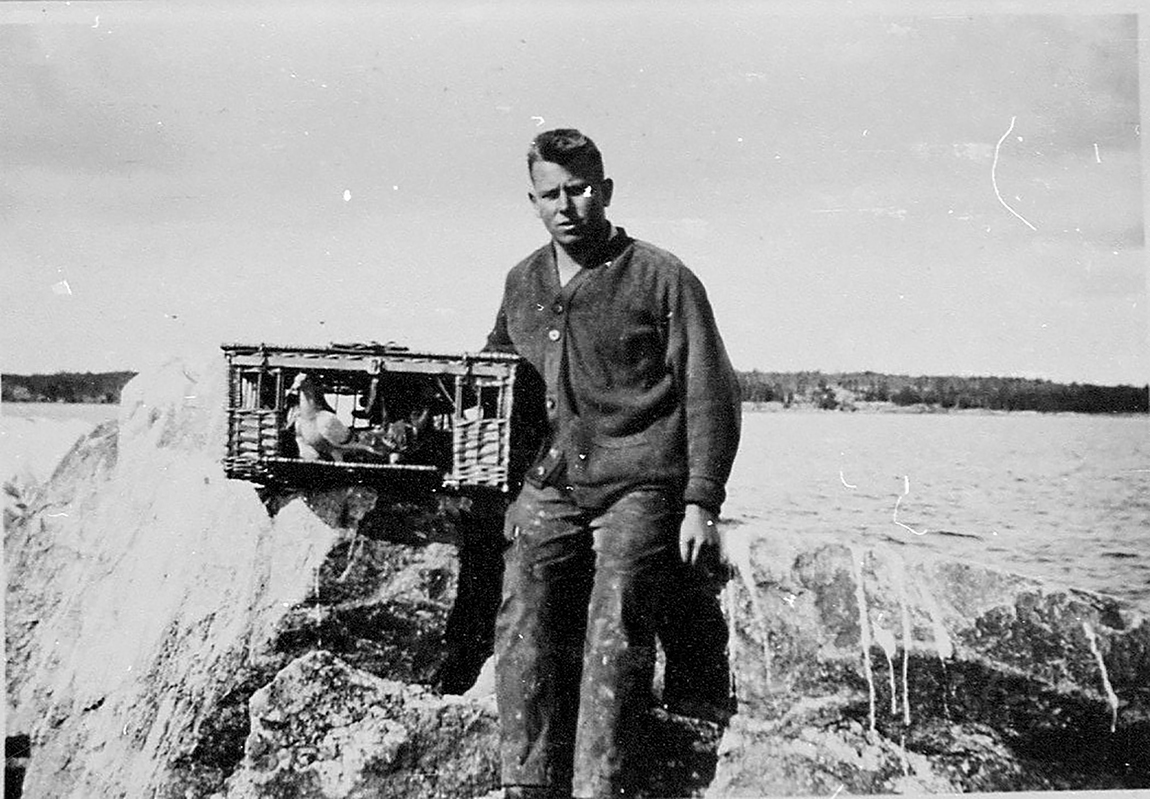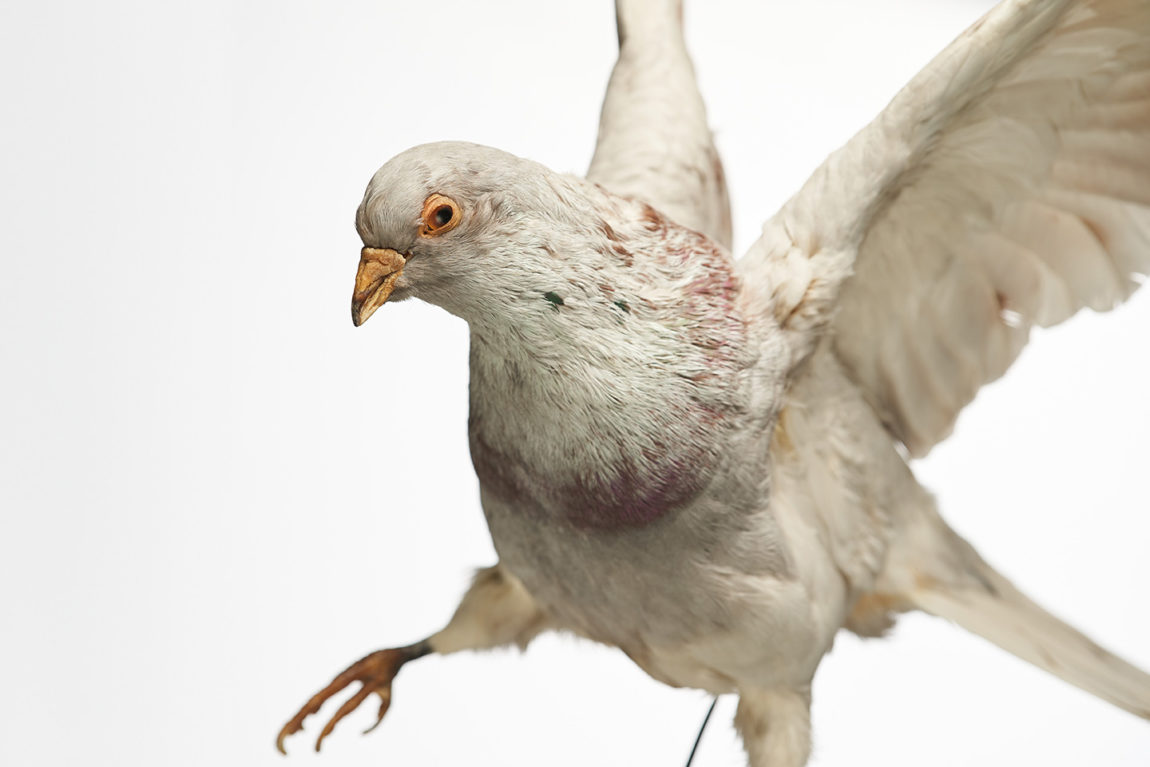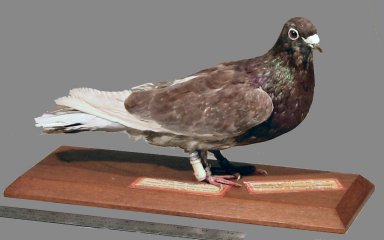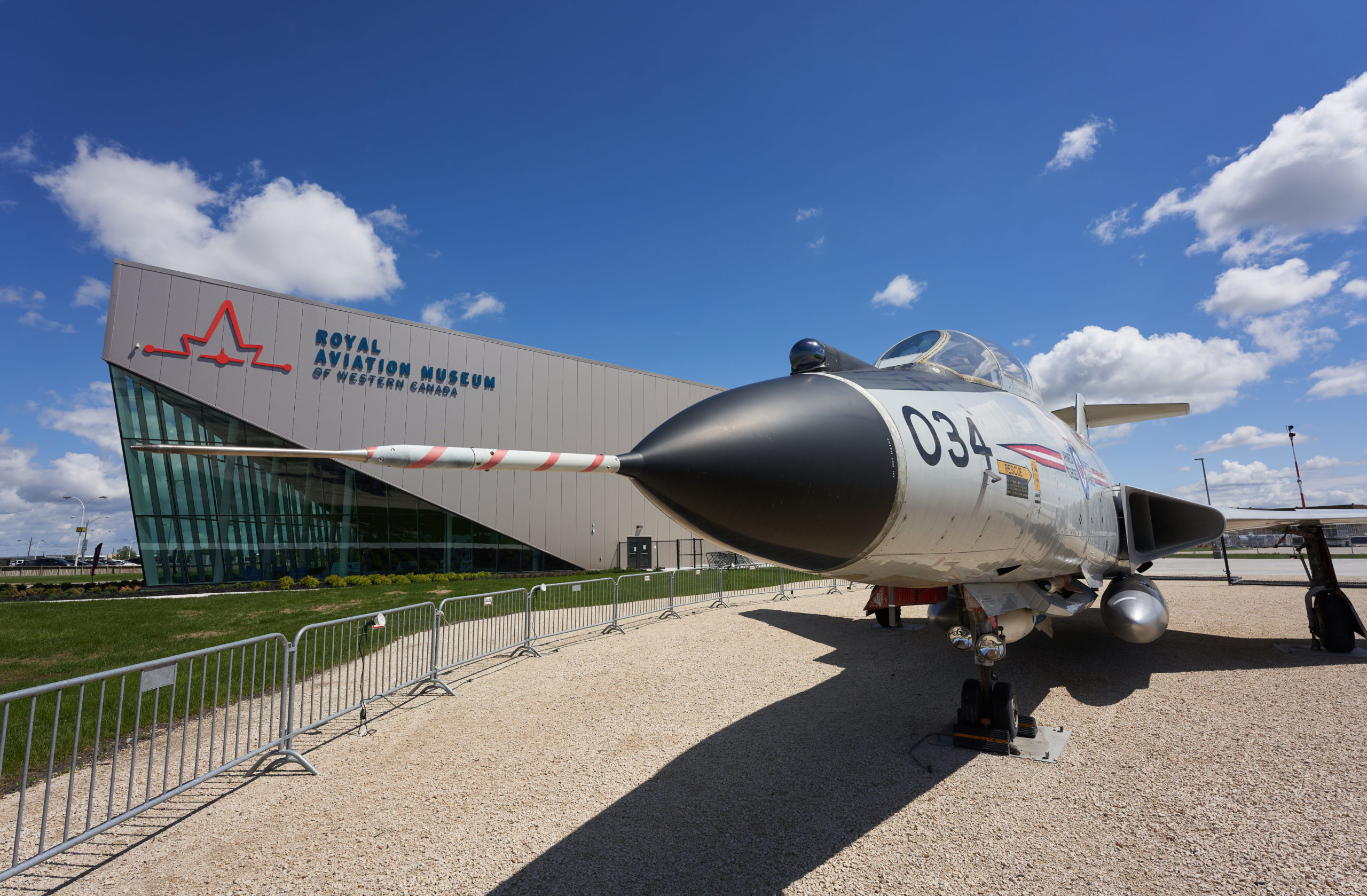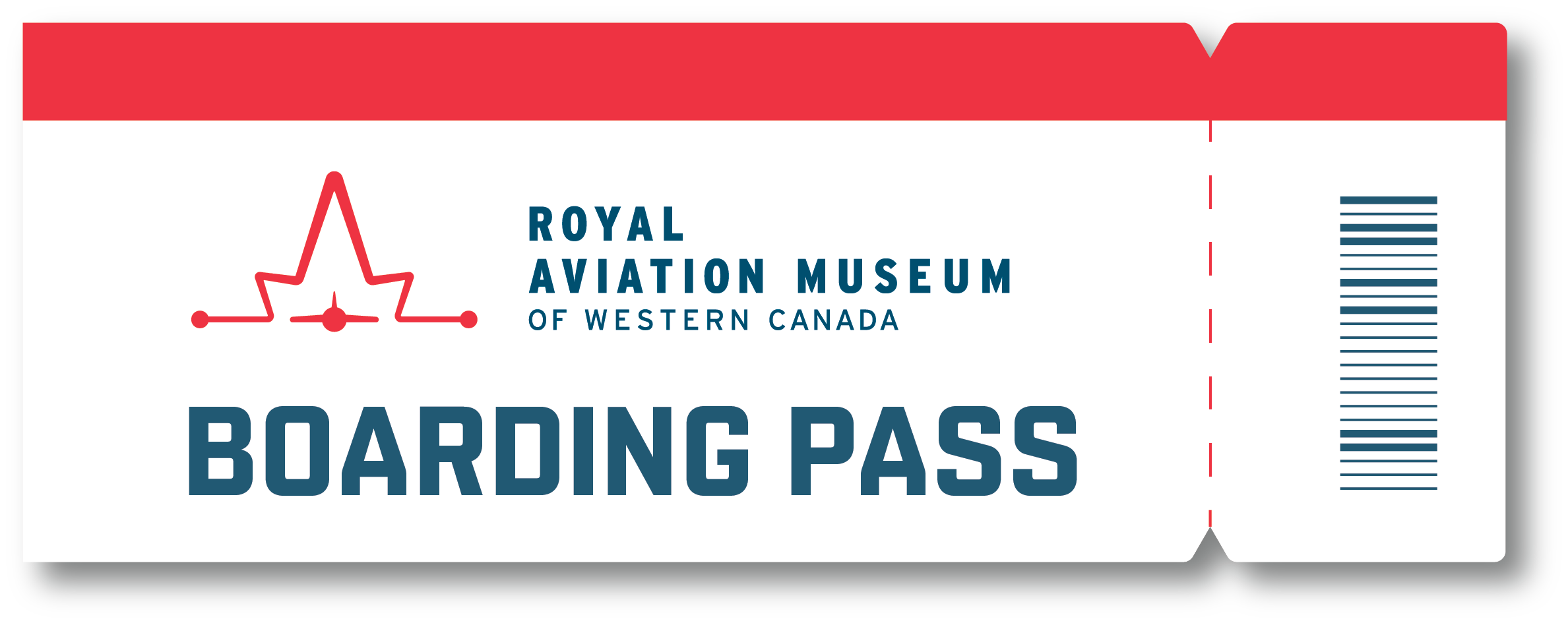Winging it in the Uncharted North: A Pilot’s Communications Lifeline
At the Civil Government Air Ops Vedette bases in Lac du Bonnet, Victoria Beach, or La Ronge in the 1920s, working side-by-side with the pilots was a full-time pigeoneer, tending to a house-full of homing pigeons. Often, the pigeon house was the first permanent structure on the base.
Before radios or telegraph, pigeons were the bush pilot’s communications lifeline. Early Vedette pilots usually carried at least two pigeons in their planes. A note could be attached to the pigeon’s leg in an emergency, and once released, it would hopefully return to the base. Because a pigeon flying over the woodlands of the Canadian North would attract the attention of hungry hawks or owls, two pigeons were always released at the same time to improve the odds of a timely rescue.
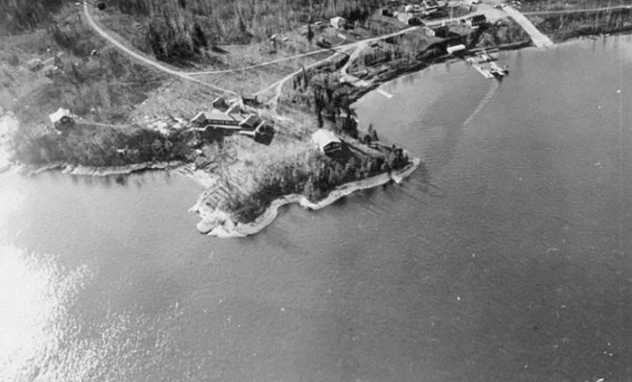
The museum has a stuffed carrier pigeon in its collection known to all as “Rex.” According to collection records, Rex was hatched in April 1925 in Sandringham, England, and died in Dartmouth, Nova Scotia, in May 1940. He was one of fifty racing pigeons donated by the late King George V to the RCAF from the Royal Pigeon Lofts at Sandringham, Norfolk, England, in June 1928.
In a glowing tribute within his file, an anonymous source gushed that, “Rex was a bird to remember. A favourite of pigeons and aircrew alike.”
With such glowing accolades, it was clear that the museum needed to feature Rex within this annual report, so staff booked a photo session.
However, when the Collections Team did some additional research, they learned a different carrier pigeon was inside the protective crate in storage. It turns out that Rex never made it to the Royal Aviation Museum of Western Canada and has been on display at the Canadian War Museum in Ottawa all along.
Then, who was this carrier pigeon in Rex’s place? Was he or she the second pigeon riding with Rex on every flight? Was he or she as popular and well-liked as Rex? Unfortunately, answers to these questions may remain a mystery forever.

